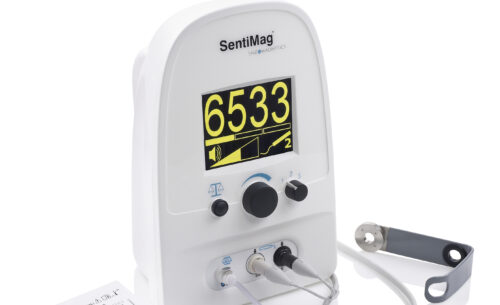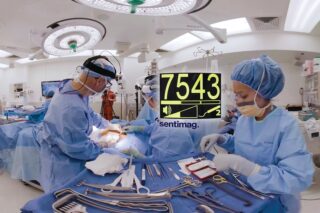Physical Sciences/Engineering
Sowing the seeds of change for breast cancer

Detecting the spread of breast cancer is a critically important step in the diagnosis, treatment decisions and long-term outcomes for a patient suffering from the disease. One of the conventional procedures utilised to detect any spread uses radioactive tracer administered by a nuclear medicine team, with all the inherent restrictive, time-sensitive and safe handling issues this can create. But this procedure is undergoing a quiet revolution thanks to an innovation that started life at UCL in 2003.
“This new solution has resulted in a more flexible, practical and potentially more patient-acceptable alternative to the conventional radioactive tracer technique.”
“Endomag is also developing advanced laparoscopic and endoscopic probes to guide surgeons in melanoma, prostate, thyroid, colon and cervical cancers, so the Endomag story really is really evolving.”

